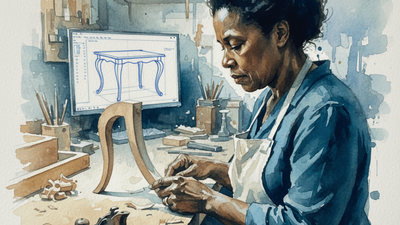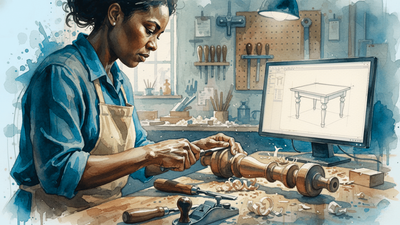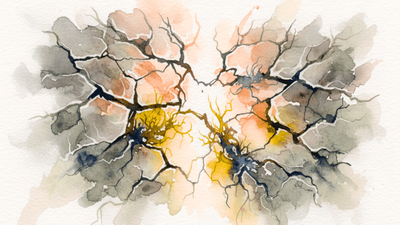The Quiet Reorg Revolution

I've been tracking something fascinating: established corporations are silently dismantling the org structures that have been the standard for the past 60 years. Not startups. Not tech unicorns. Fortune 500 companies on multiple continents. Here's what I'm seeing across industries:
Moderna merged HR and Technology under one leader. Their 5,800 employees now work alongside 3,000 AI agents that handle workflows previously managed by entire departments.
Bayer rolled out the "Dynamic Shared Ownership" model, radically trimming management and decentralising decision-making. Teams now own 95% of decisions.
Haier ($40B appliances giant) dissolved its hierarchy entirely. Now operates as thousands of micro-enterprises—each with hiring power, strategy ownership, and direct customer accountability.
P&G discovered something unexpected: when employees used AI, functional silos dissolved. Commercial teams started proposing technical solutions. R&D incorporated marketplace thinking. One person with AI matched the output of two-person teams without it.
Amazon mandated a 15% increase in the ratio of individual contributors to managers by Q1 2025. Explicit goal: remove layers, decrease bureaucracy.
What's striking isn't just who's doing this, but the fact that they're all converging on the same model: smaller, multidisciplinary teams owning complete outcomes.
We're watching the emergence of "cluster-based" organisations, where one AI-augmented professional owns an entire value stream that previously required a department.
This isn't the flat organisation experiments of the past. This works because AI fills the gaps that made previous attempts fail, the knowledge gaps, the coordination overhead, and the accountability tracking.
The question is now: is your organisation ready for this revolution, or are you still trying to make old structure "more AI"?
What patterns are you seeing in your industry?
Subscribe to the FORS Report
Be the first to know - subscribe today





Member discussion